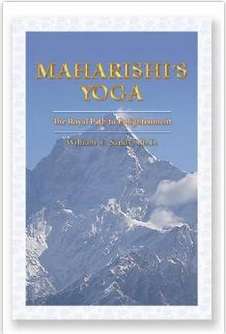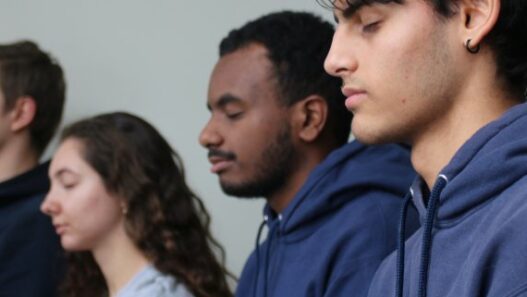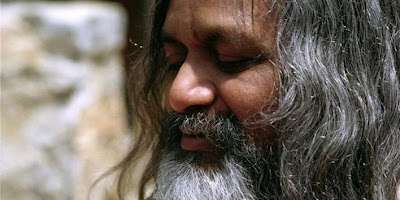Yoga studios are springing up all over the world like mushrooms after rain. The idea that yoga is a means to improve oneself – whether on the physical or mental level – is intuitively appealing to folks in every corner of the globe.
 At the same time, the term ‘yoga’ can conjure up images from the extremes: from a yuppie dressed in fashionable yoga gear and balancing on a rubber mat in a shiny fitness studio to a sadhu dressed in rags and sitting folded up like a pretzel on a dusty street corner.
At the same time, the term ‘yoga’ can conjure up images from the extremes: from a yuppie dressed in fashionable yoga gear and balancing on a rubber mat in a shiny fitness studio to a sadhu dressed in rags and sitting folded up like a pretzel on a dusty street corner.
Yoga – returning to your true home of Being
Is yoga just a fitness craze, or a path towards enlightenment? Can one count on yoga for becoming more flexible mentally as well as physically? What is the role of effort and renunciation in reaping the benefits from yoga?
William F. Sands, Ph.D., has written a brilliant book, Maharishi’s Yoga, to provide comprehensive answers to these questions based on the teachings of Maharishi Mahesh Yogi.
Sands explains that the term ‘yoga’ is derived from a Sanskrit verb meaning to yoke or to join, and carries the definition of the union of individual awareness with its source – the infinite, unbounded, pure Being.

Length: 223 pages
Author: William F. Sands
Published: 2013, MUM
Sands writes that we normally do not experience the state of yoga because the senses direct us outwards and so our awareness does not have a chance to go within. However, with the practice of Transcendental Meditation as taught by an experienced teacher, the mind effortlessly settles down to quieter and quieter levels of thought until it transcends thought altogether and experiences the state of yoga – the blissful pure consciousness.
Effortless effort
The comforting message of Maharishi’s Yoga is that one does not have to sweat and suffer to reap the benefits. In fact, yoga can truly be experienced only through the mind’s natural tendency to move in the direction of greater charm in an effortless way. Yoga as the experience of that state of unity is easily accessible to everyone through the practice of the Transcendental Meditation technique, and all the benefits of yoga will naturally accompany the rest and purification that this practice provides.
One of the important contributions this book makes is clearing up some of the more complex themes in yoga philosophy. For example, on the basis of Maharishi Mahesh Yogi’s explanations of ancient teachings, Sands describes common errors such as confusing the goal with the path, and thus trying to live the results of yoga experience without actually having enjoyed the state of yoga. Sands also covers topics such as the Eight Limbs of Yoga (Ashtanga Yoga), Karma Yoga, Gyana Yoga, Bhakti Yoga, Raja Yoga, Yoga and Dharma, higher states of consciousness, and also yoga’s impact on mind, body and the society.
So what’s with the postures and breathing? Sands explains that these practices can help us to experience the state of Yoga, but the essence of the practice must still be meditation.
Natural benefits for the mind-body
For the scientifically minded, Sands cites evidence of how exactly the unique experience of yoga achieved through Transcendental Meditation practice can be measured and verified by modern science. He also lists research findings which confirm various benefits for the mind and body for both the practicing individual and the surrounding society.
As the author explains, the health benefits obtained via TM practice – such as quitting smoking or reducing alcohol consumption – do not come about as a result of artificial, forced lifestyle changes, but naturally unfold when mind and body are regularly immersed in the experience of yoga.
Sands also clarifies how yoga solves the problem of knowing how to act in the right way in every situation. As human beings, we constantly have the feeling that as much as we’d like it, conscious control of each of our words or actions is practically impossible.
The answer provided to this human dilemma in Maharishi’s Yoga is that the repeated experience of the state of blissful pure consciousness will itself transform you. You will become, more and more, the change you wish to see in the world.




















